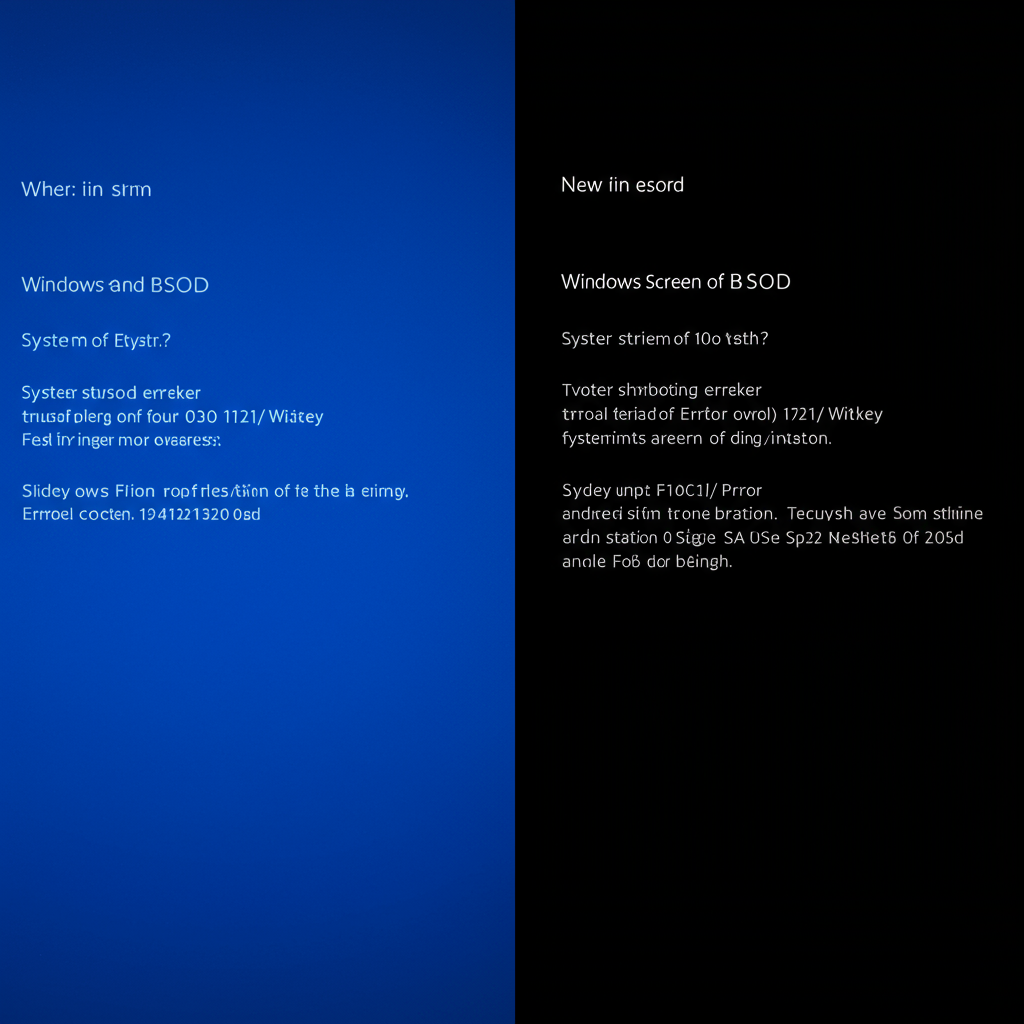As the October 14, 2025, end-of-support deadline for Windows 10 approaches, Microsoft has unveiled new options for users to continue receiving crucial security updates beyond this date. While the Extended Security Updates (ESU) program was previously announced with a cost, Microsoft is now introducing ways for individuals using Windows 10 on their personal PCs to obtain the first year of ESU for free, extending coverage until October 13, 2026.
This move is seen by many as an acknowledgment that a significant number of users, particularly those whose hardware isn’t compatible with Windows 11, will not be upgrading their PCs by the deadline. The new options aim to provide a temporary, more accessible pathway for consumers to stay protected.
Understanding the Extended Security Updates (ESU) Program
The ESU program is designed as a “last resort” for those who need to continue using legacy software that has reached its end-of-life. It provides critical and important security updates, but notably, it does not include new features, non-security fixes, or design changes. It’s a temporary solution intended to bridge the gap while users plan their migration to a supported platform, such as Windows 11.
New Enrollment Options for Personal Windows 10 Users
Microsoft is rolling out an enrollment wizard directly within the Windows 10 Settings app to guide users through the process. This wizard, currently being tested in the Windows Insider Program, is expected to begin rolling out to standard Windows 10 users in July, with broader availability anticipated by mid-August.
Consumers will be presented with three main options to enroll their personal PCs for the first year of ESU coverage:
- Pay a Fee: Users can opt to pay a fee, initially set at $30 (local pricing may vary).
- Use Windows Backup: Enroll by utilizing the Windows Backup feature to sync your settings to the cloud. This option is available at no additional monetary cost. However, it does require signing in with a Microsoft Account and relies on OneDrive for cloud storage. Users with large amounts of data exceeding the free 5GB OneDrive limit might need to purchase additional storage for this option to function fully, presenting a potential “catch.”
- Redeem Microsoft Rewards Points: Another free option allows users to redeem 1,000 Microsoft Rewards points. These points are relatively easy to earn through activities like using Bing for searches or completing simple quizzes, often amounting to less than $1 in value. This method also requires a Microsoft Account.
Once one of these options is selected and completed through the wizard, the PC will be automatically enrolled in the ESU program for the period covering October 15, 2025, to October 13, 2026. It’s important to note that while the free options require a Microsoft Account sign-in for enrollment, the PC generally remains enrolled even if the user later signs out of their account.
Key Differences for Organizations and Businesses
These free and low-cost ESU options are strictly for personal use on consumer PCs. Businesses, schools, and other organizations must enroll through commercial channels, such as the Microsoft Volume Licensing Program or Cloud Service Provider partners. The cost for organizations starts at a significantly higher price point, beginning at $61 per device for the first year, with the price increasing annually for up to three years of potential coverage.
However, there is an exception for commercial users leveraging cloud services: Windows 10 devices used to access Windows 11 Cloud PCs via services like Windows 365 and Virtual Machines will receive free Windows 10 security updates as part of their existing subscriptions.
Microsoft’s Strategy and the Push for Windows 11
Despite offering these extended update options, Microsoft continues to emphasize the transition to Windows 11. The company has labeled 2025 as “the year of the Windows 11 PC refresh” and is actively encouraging users to upgrade or purchase new devices. The Windows Backup option, for instance, is presented as a tool designed to simplify the process of migrating data, files, and settings to a new Windows 11 PC.
While Windows 11 adoption is growing steadily, particularly in markets like the US, Windows 10 still maintains a significant global market share. The introduction of these more accessible ESU options is seen as a pragmatic response to this reality, helping to keep millions of PCs secure for an additional year and potentially mitigating negative public relations associated with a hard cutoff date for such a widely used operating system.
It’s also worth noting that support timelines for other Microsoft software on Windows 10 vary. Security Intelligence Updates for Microsoft Defender Antivirus will continue until October 2028. Microsoft 365 applications running on Windows 10 will receive security updates until October 10, 2028, but feature updates and technical support for M365 apps on Windows 10 will cease after August 2026.
Ultimately, while the free ESU options provide a welcome reprieve and more choices for consumers unable or unwilling to upgrade immediately, Microsoft’s long-term direction remains firmly focused on Windows 11. Users who do not opt into the ESU program will stop receiving security updates after October 14, 2025, leaving their systems potentially vulnerable.




